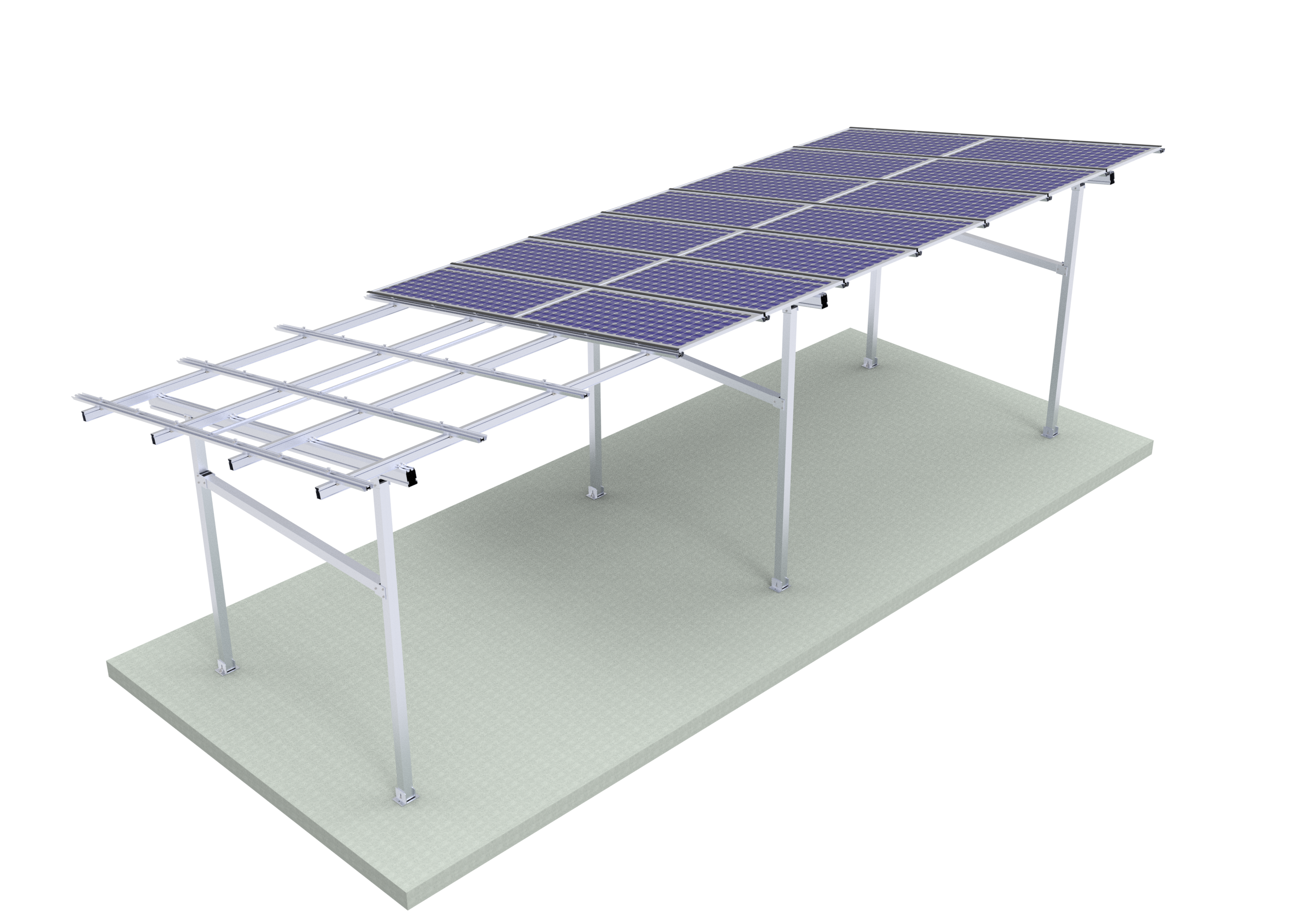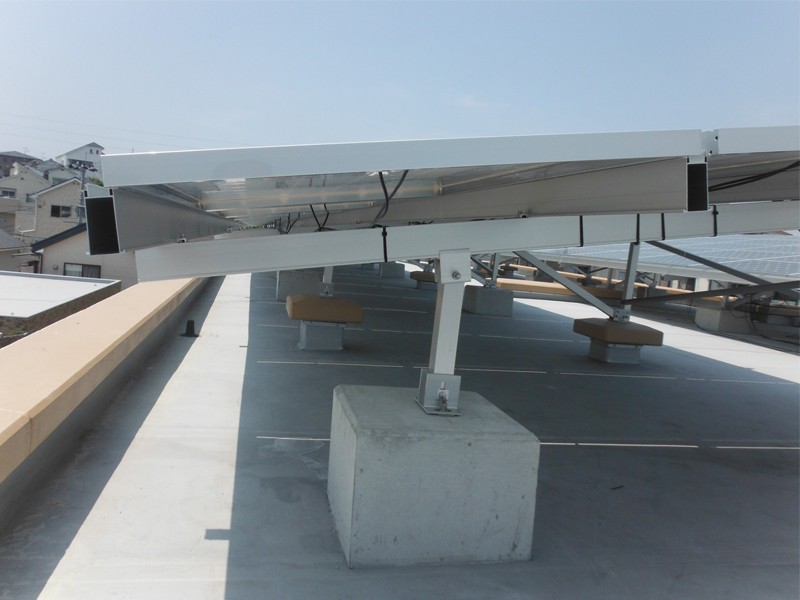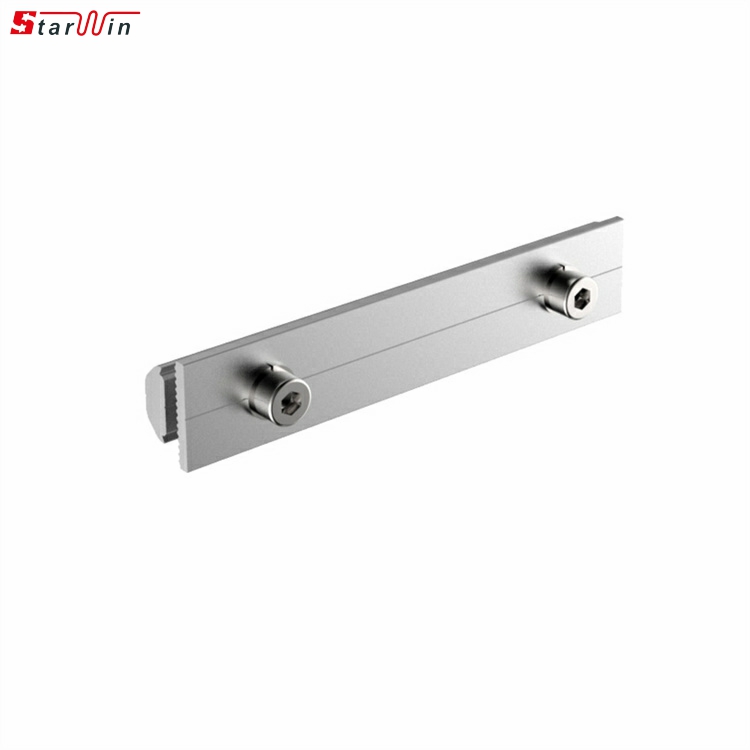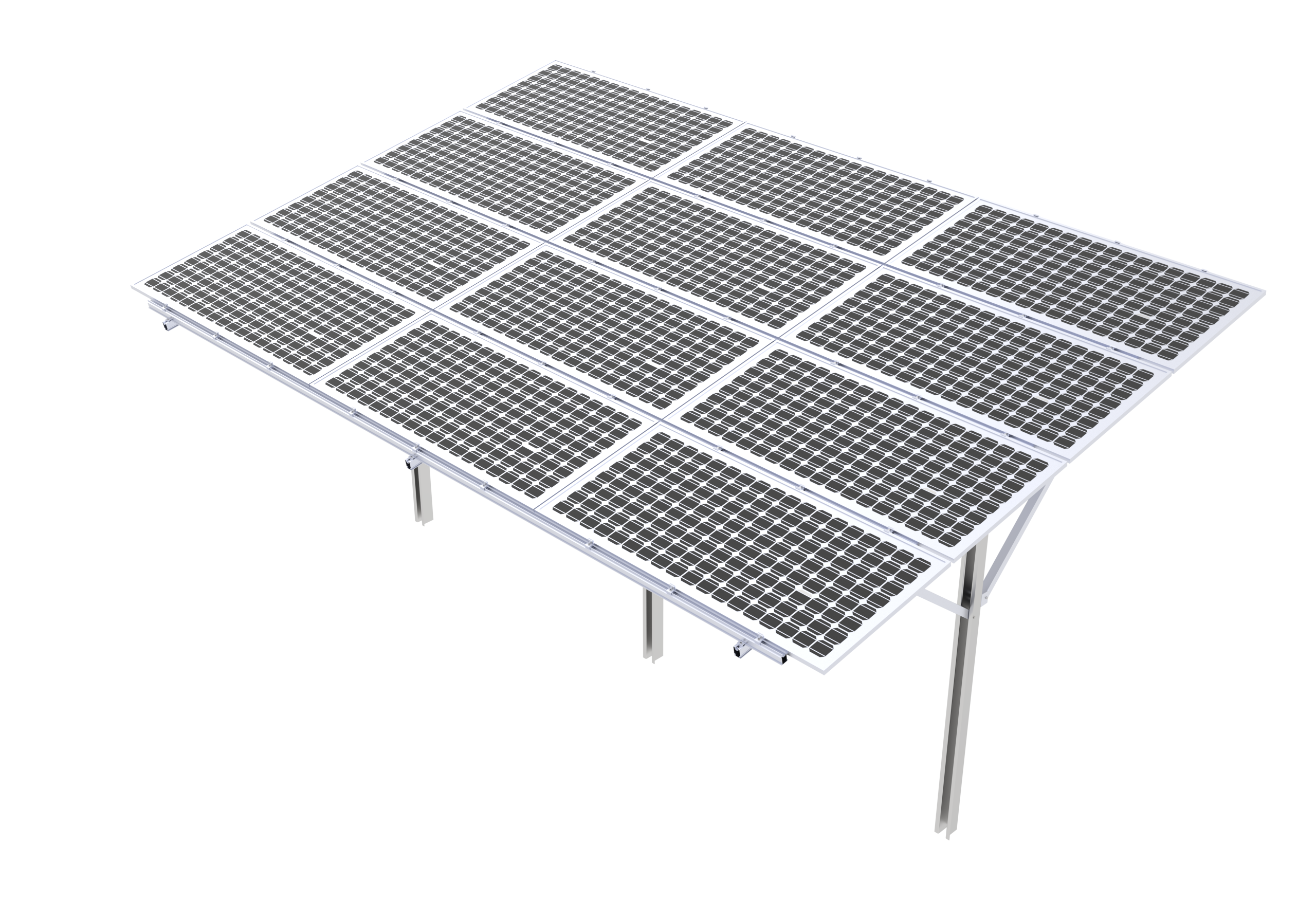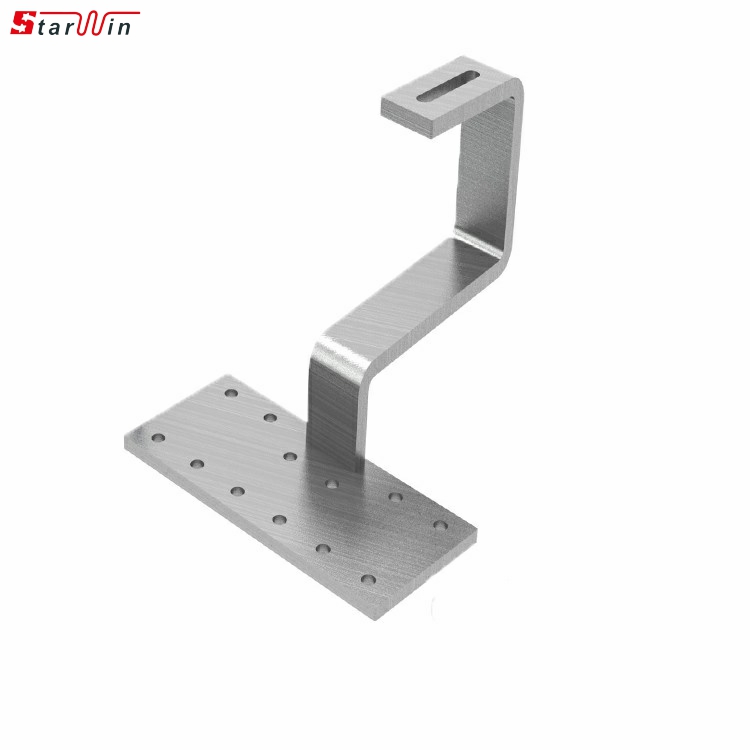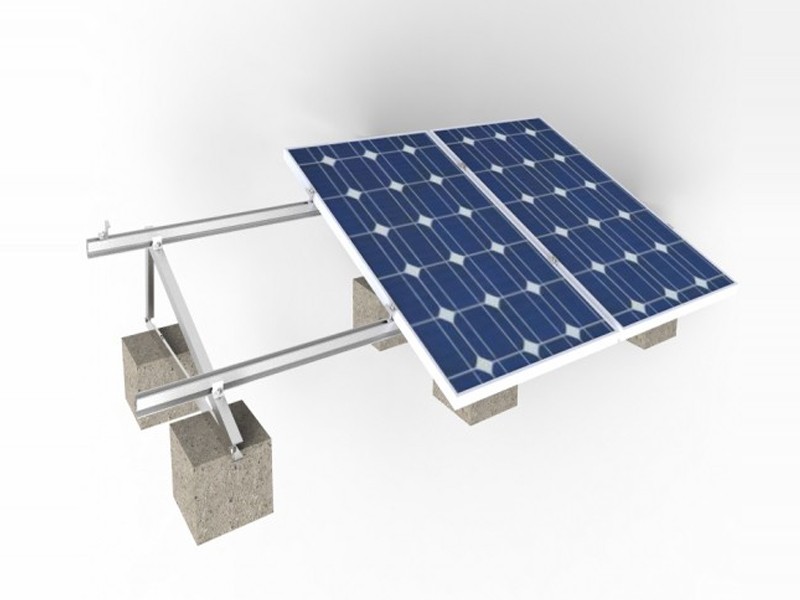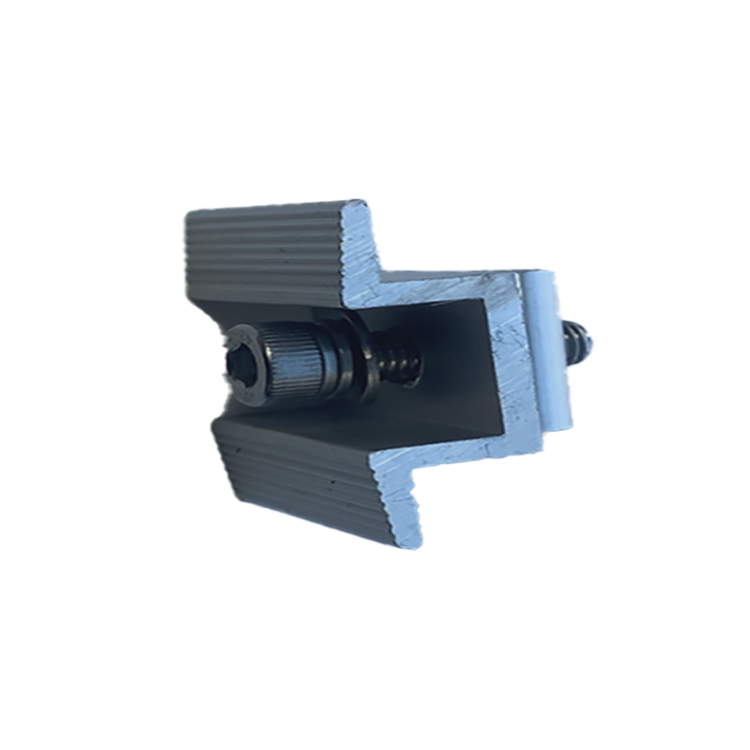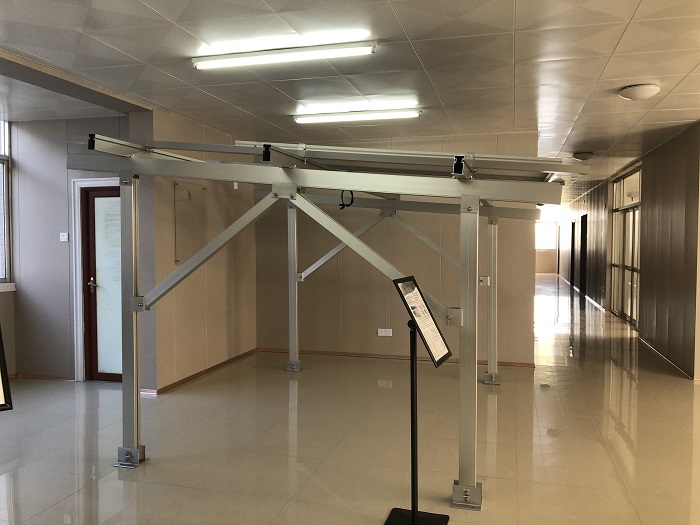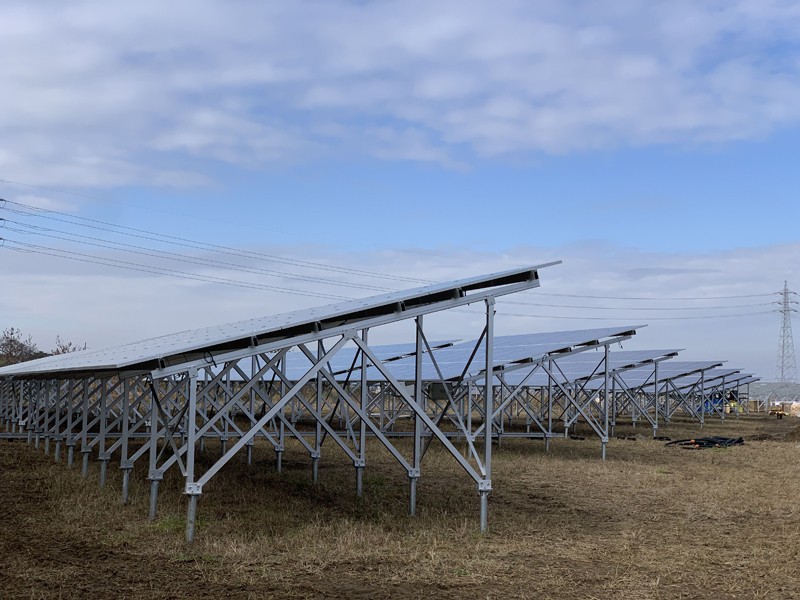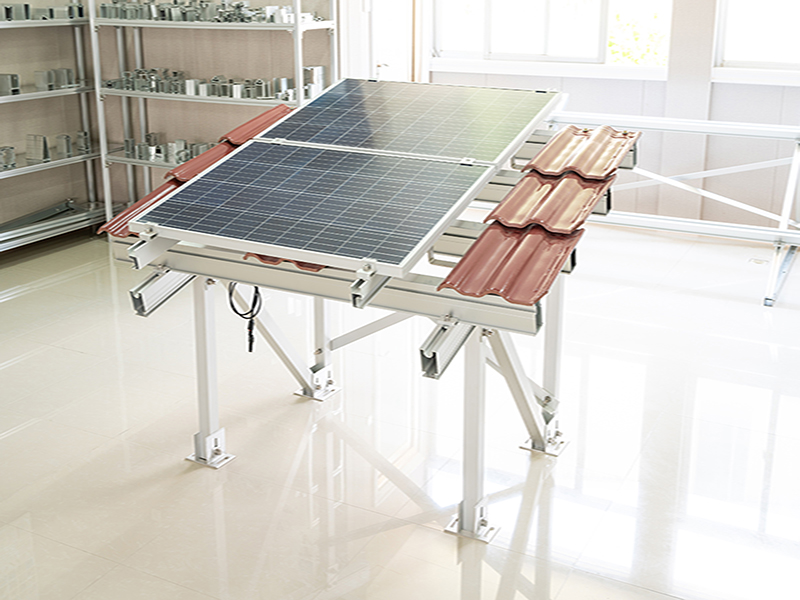Solar Rail Connectors Overview
Solar rail connectors are critical components in photovoltaic (PV) mounting systems, designed to join and secure solar mounting rails together. They ensure structural continuity, electrical grounding, and mechanical stability for rooftop and ground-mounted solar arrays.
These connectors are particularly useful when longer rail spans are required, enabling installers to connect two or more rail sections seamlessly while maintaining strength and alignment.
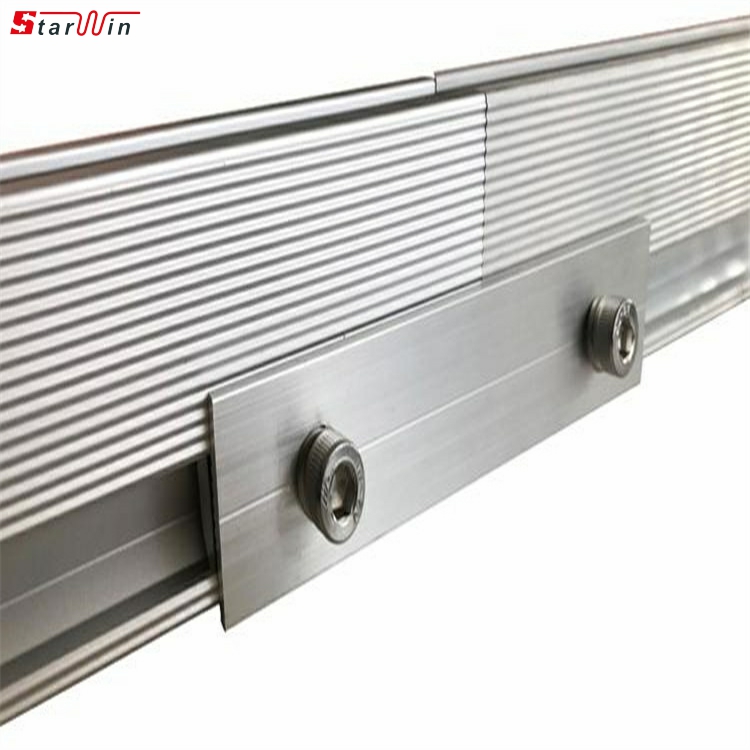
Key Functions
Rail Extension – Connects two shorter rail sections to create the desired length without compromising strength.
Structural Stability – Maintains straight alignment, preventing sagging or misalignment over time.
Electrical Continuity – Many designs include integrated grounding to maintain electrical bonding across rails.
Simplified Logistics – Allows transport and handling of shorter rails while still enabling long continuous runs on-site.
Common Types of Solar Rail Connectors
Internal Splice Connectors –
Inserted inside the hollow profile of the rail.
Provides a clean, streamlined appearance.
Often secured with self-tapping screws or bolts.
External Splice Plates –
Installed outside the rail profile.
Typically fastened with bolts and nuts.
Can be used for heavier loads or specific rail shapes.
Slide-in or Click-fit Connectors –
Tool-less or minimal-tool installation.
Designed for quick assembly, saving labor time.
Grounding Splice Connectors –
Have serrated or conductive surfaces to break through anodized coating for electrical bonding.
Comply with grounding requirements such as UL 2703.
Material & Finish
Aluminum Alloy (6061-T6 / 6005-T5) – Lightweight, corrosion-resistant, strong.
Stainless Steel Fasteners (304 / 316) – High corrosion resistance in outdoor and coastal environments.
Surface Treatment – Typically anodized for enhanced durability and appearance.
Installation Benefits
Flexibility in Design – Installers can adapt to site constraints and rail length requirements.
Reduced Transport Costs – Shorter rail sections are easier and cheaper to ship.
Ease of Replacement – Damaged sections can be replaced without dismantling entire rail runs.
Compatibility – Designed to match specific rail profiles from the same mounting system manufacturer.
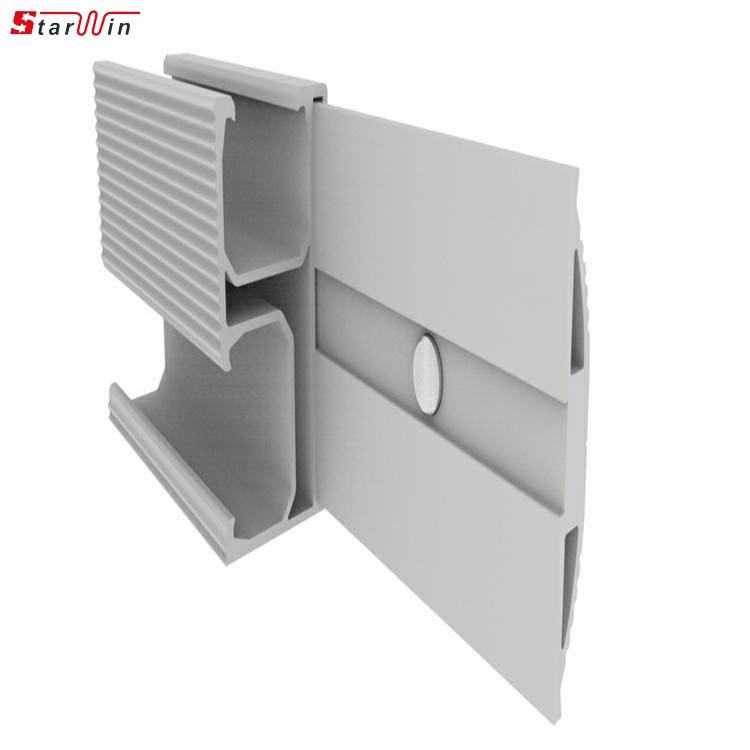
Applications
Residential rooftop PV arrays.
Commercial flat roof solar systems.
Carport and canopy PV structures.
If you want, I can also prepare a visual guide showing different rail connector types with their installation steps so it’s easier for customers to understand. That way, your product sheet will look more professional and technical.

